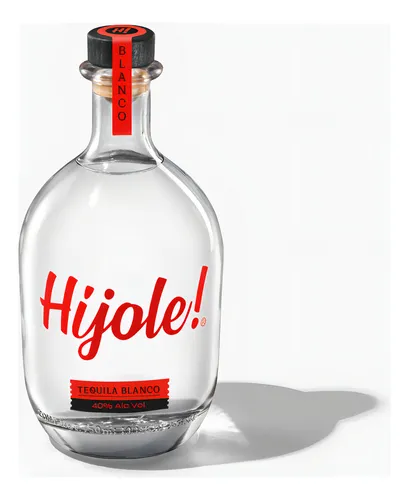If you’ve listened to Mexican Spanish for a while, you’ve probably heard a short, breathy sound that comes out on surprise, irritation, admiration or mild defeat. That little word is híjole (sometimes written hijole, sometimes híjoles), and it’s one of those automatic expressions that people use without thinking. The Real Academia defines híjole as a colloquial interjection used to express surprise or astonishment, and the word is widespread in Mexico and it spreads to other countries through movies and telenovelas. Spanish Dictionary
What does it mean? The answer is: it depends. Híjole can be a soft “wow”, a resigned “oh man”, a puzzled “well…”, or a quick “no way!” It can show pleasure (“Híjole, qué buena idea”), worry (“Híjole, ¿en serio?”), exasperation (“Híjole, ya no puedo más”), or a polite gentle refusal (“Híjole, no creo que pueda”). The tone — the speed of the voice, how loud it is, and whether the speaker smiles — tells you which meaning is in play. The word is very flexible and often replaces longer phrases. asale.org
Where did it come from? There is no single, certain origin. Lexicographers and etymology sources point to probable formations from hijo plus a final particle (like -le), or as a fusion of hijo + órale in rapid speech. In short: it probably started as a softened, euphemistic exclamation built around hijo and evolved into a standalone interjection. Because the origin is not fully certain, you’ll see different theories in popular articles and dictionaries. Wikcionario
Spelling and variants: the RAE recommends híjole as the standard spelling. But in real life you’ll hear many shapes: híjole, híjoles, hijos (plural for emphasis), jíjole, even íjole or jijos in quick speech — and many Mexican speakers blur or reduce the sounds so it can come out like “chijos” (when heard fast) or a short breathy “hshh” noise. The Diccionario de Americanismos lists similar variants and shows how common the interjection is across the Americas. In short, the sound changes a lot depending on region and the speaker’s speed.
How to pronounce it (simple): the common pronunciation is roughly EE-ho-ley with the stress on the first syllable (IPA: /ˈi.xo.le/). But don’t expect every speaker to pronounce the /x/ (the Spanish “j”) strongly — in casual talk it can be softer, swallowed, or turned into a quick drawn-out hiss. That’s why listeners sometimes write it as chijos or chijjs when they try to capture the sound. Wiktionary and the dictionaries list the IPA and the standard form if you want to practice.
Real examples and translations
If you want to hear how flexible híjole is, here are a few short sentences you can imagine in conversation (Spanish first, then a natural English equivalent):
“¡Híjole, qué caro está eso!” — “Wow, that’s expensive!”
“— ¿Me ayudas mañana? — Híjole, no puedo, tengo que trabajar.” — “— Can you help me tomorrow? — Oh man, I can’t, I have to work.”
“Llegó el premio, ¡híjole! qué bien” — “The award arrived — wow!”
“Híjole… mejor lo dejamos así.” — “Yeah… better leave it like that.” (softly dropping the issue)
When it softens a refusal: one very Mexican use is to prepare the listener before delivering a negative answer. If someone asks for a favor, the other person might say “Híjole…” while thinking, and then follow with the refusal. It softens the blow, like saying “well, I’m afraid I can’t.”
Is it rude? Not usually. Híjole is a casual, colloquial word. It’s not a strong swear on its own. It’s best used in informal settings. You’ll hear it among friends, family, on TV shows, and in street conversation. Avoid it in very formal or professional settings unless you know the people well.
Why people hear very different sounds (the “khsssh” phenomenon)
Two things explain that breathy, almost unpronounceable version you sometimes hear. First, fast, casual speech reduces consonants and vowels; híjole can be shortened and the /x/ (the “j” sound) can become a softer friction or even a whispered exhale. Second, regional accents modify the quality of the sounds: in some areas the /x/ is stronger, in others it is almost [h] or even lost in quick speech. The result is many spellings and transcriptions when people try to write the sound. That’s normal — it only shows how alive the word is.
Some tips for students
If you want to try using híjole, keep it friendly and casual. Use it when you want to sound natural in informal Mexican conversation, especially to show surprise, mild annoyance, or to soften a negative answer. Listen first: copy the tone, not just the letters. If a friend says híjole with a smile, match the mood; if the speaker sounds annoyed, use it the same way. And if you want to be formal, skip it — there are safer neutral phrases like vaya or qué sorpresa.




